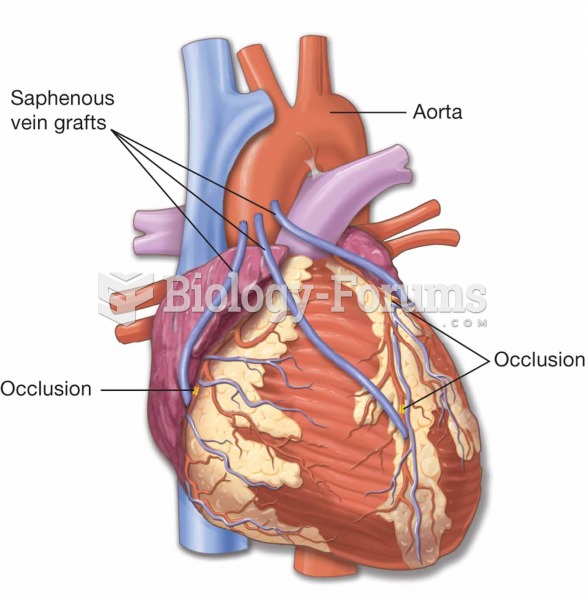|
|
|
Did you know?
Everyone has one nostril that is larger than the other.
Did you know?
The most common childhood diseases include croup, chickenpox, ear infections, flu, pneumonia, ringworm, respiratory syncytial virus, scabies, head lice, and asthma.
Did you know?
People about to have surgery must tell their health care providers about all supplements they take.
Did you know?
In 1864, the first barbiturate (barbituric acid) was synthesized.
Did you know?
Only 12 hours after an egg cell is fertilized by a sperm cell, the egg cell starts to divide. As it continues to divide, it moves along the fallopian tube toward the uterus at about 1 inch per day.







